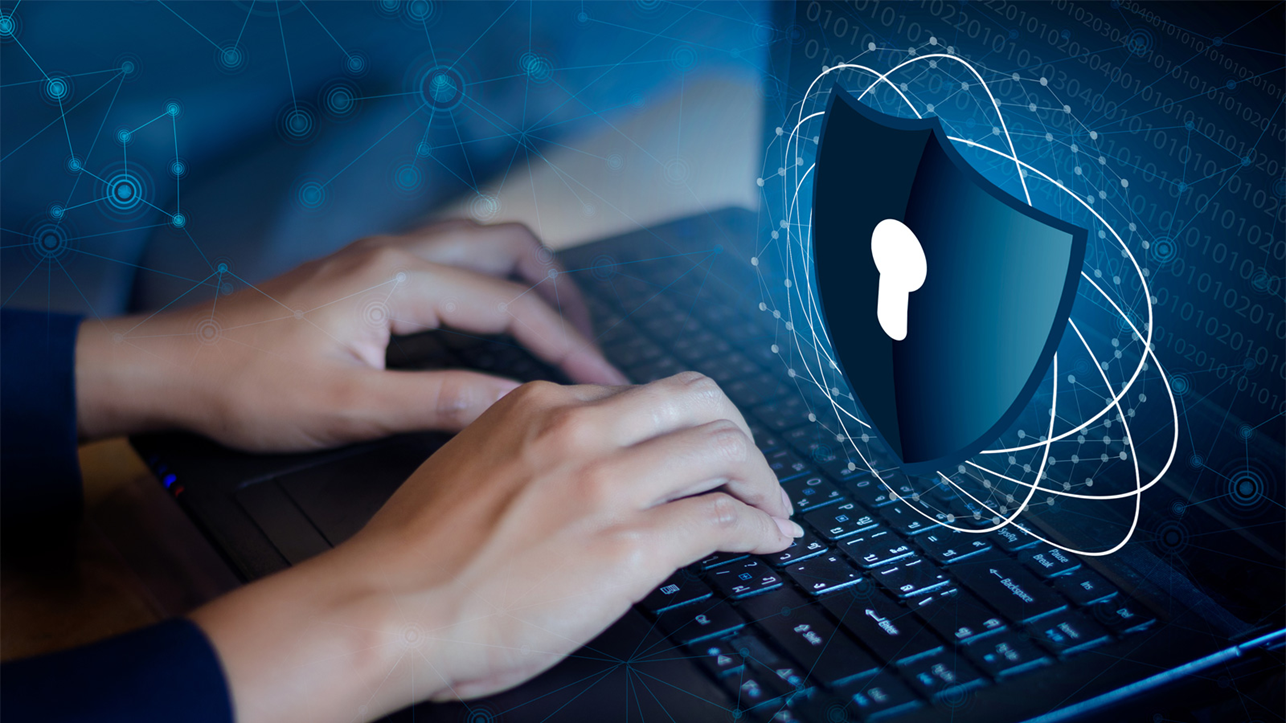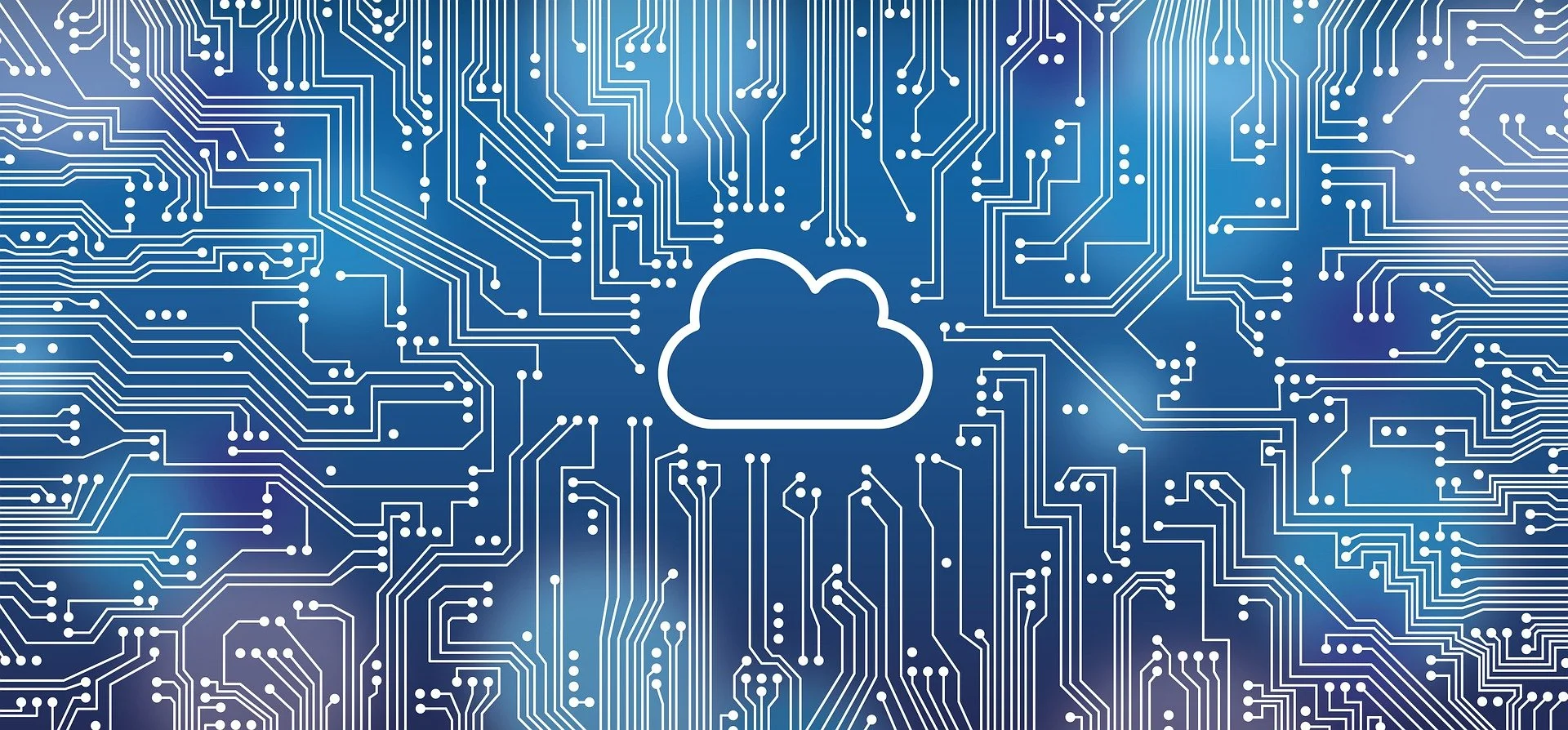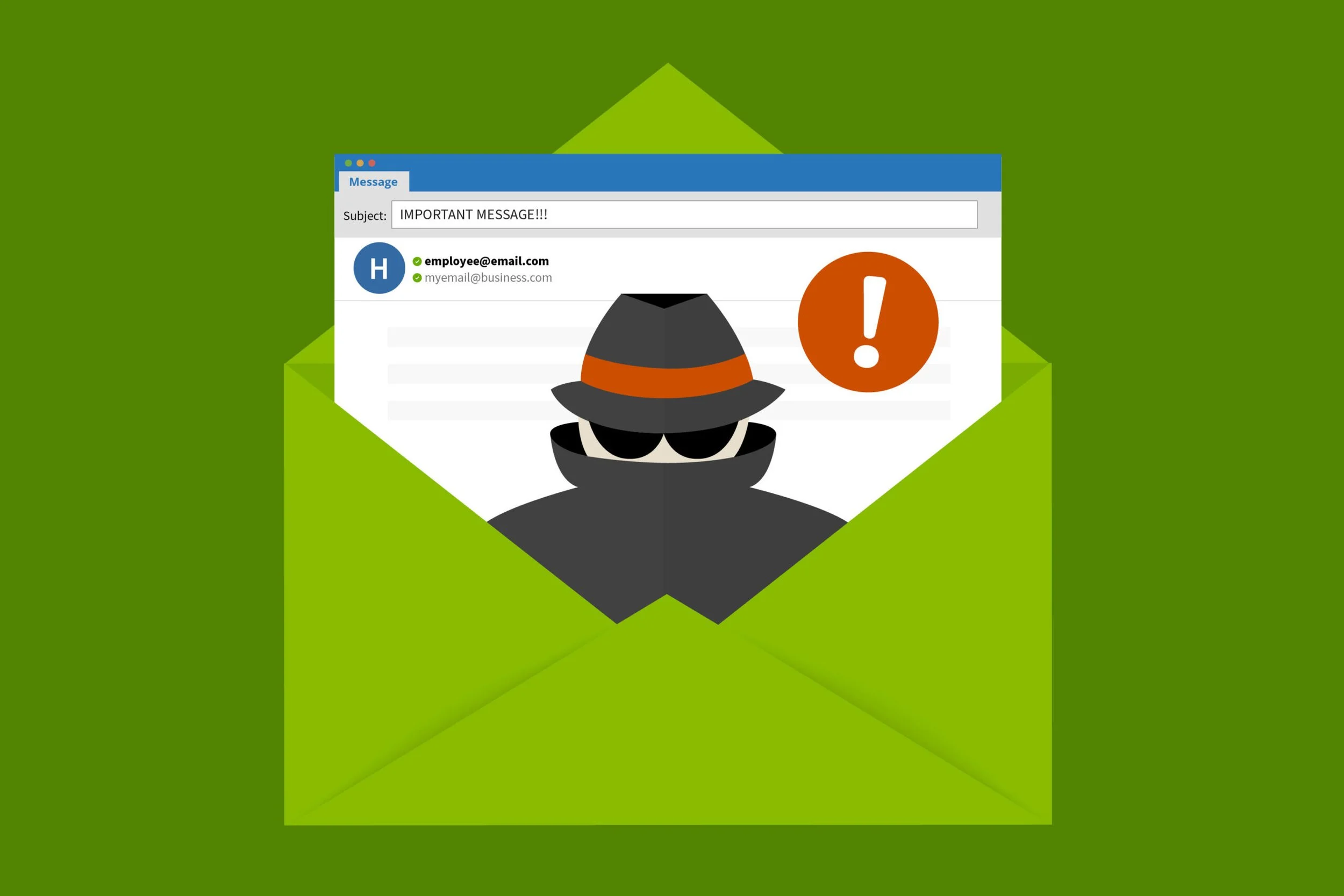Security Essentials for Apple-based SMBs
So many business owners wonder if they are really secure. In today’s ever-evolving threat landscape, just one cyber security mistake can take down a business. But which are the most common threats and how can you mitigate them? To answer those questions, here are results from in-depth research from various sources: the latest cyber breach reports, recent cyber insurance claims data, and government security mandates. This data was then filtered by years of experience and made relevant to small businesses that run on Apple hardware. While not a comprehensive cyber security plan, here are five key elements that one could consider the low-hanging fruit and, once implemented, should provide you with some peace of mind.
1: Secure Access & Password Controls
The problem:
Many small teams rely on shared spreadsheets, reused passwords, or browser-based autofill to manage access — making them easy targets for credential theft.
The data:
Verizon DBIR 2025 found that compromised credentials were present in 22% of breaches, and 88% of basic web app attacks involved credential misuse
Versa Networks reports that 46% of SMB identity breaches involved unmanaged or BYOD devices
Forbes reports on the dangers of using Chrome or other browser-based password management
The solutions:
Use a business-grade password manager (1Password, for example)
Enforce app-based two-factor authentication (2FA) on all key accounts
Use passkeys instead of passwords, where possible

2: Device Hardening
The problem:
Macs and cell phones store and have access to company data, but are rarely configured in an acceptable way to protect that data
The data:
Versa Networks found that identity-based breaches in SMBs often come from personally owned or unmanaged devices
Verizon DBIR 2025 reinforces that small businesses face outsized risk when they skip proper device management
NSA/CISA identify delayed patching and unpatched OS as a top cause of breaches
The solutions:
Enable automatic OS, security and software updates
Ensure encryption, remote lock/wipe and Activation Lock are configured properly
Assign company Apple IDs tied to a custom domain

3: Cloud Platform Security
The problem:
SMBs often use personal cloud accounts or enable unrestricted sharing without admin visibility, leading to data leaks or accidental loss
The data:
SentinelOne reports that 82% of cloud breaches involve human error, often misconfigured sharing
Infosecurity Magazine found that 44% of companies experienced a cloud breach in the past year
CISA and TechRepublic caution against using personal cloud tools like iCloud for business data
The solutions:
Use team-based tools like Google Workspace or Microsoft 365, with managed admin access
Set clear rules for file sharing, permissions, and document ownership
Audit and limit third-party app integrations that can access cloud data

4: Data Backup & Recovery
The problem:
Many small businesses have no tested backups. If files are accidentally deleted, overwritten, or a device is lost or stolen, recovery may be impossible.
The data:
Backblaze reports accidental deletion, hardware failure, and theft are leading causes of data loss
Acronis found that 42% of SMBs experience data loss yearly, often due to user error or device failure
CISA’s Ransomware Guide emphasizes backups as the #1 defense against all data loss types
The solutions:
Use automatic, offsite backups for all key devices and cloud accounts
Keep at least one other backup that is offline
Regularly test restore processes

5: Phishing & Business Email Compromise
The problem:
Business Email Compromise (BEC) and phishing are top entry points for attacks, often enabled by weak setup, poor filtering, and unsecured email identity.
The data:
CISA 2024 Cybersecurity Advisories state phishing is the initial attack vector in 90% of cyber incidents targeting SMBs
Agari 2024 Email Fraud Report reveals BEC attacks caused an average loss of $75,000 per SMB incident
Mimecast State of Email Security 2024 highlights 60% of SMBs experienced a successful phishing attack in the past year
The solutions:
Use only business email domains with strong authentication (no personal/free email)
Harden your email platform with SPF/DKIM/DMARC, phishing filters, and logging
Train staff to recognize phishing attempts and report suspicious messages

